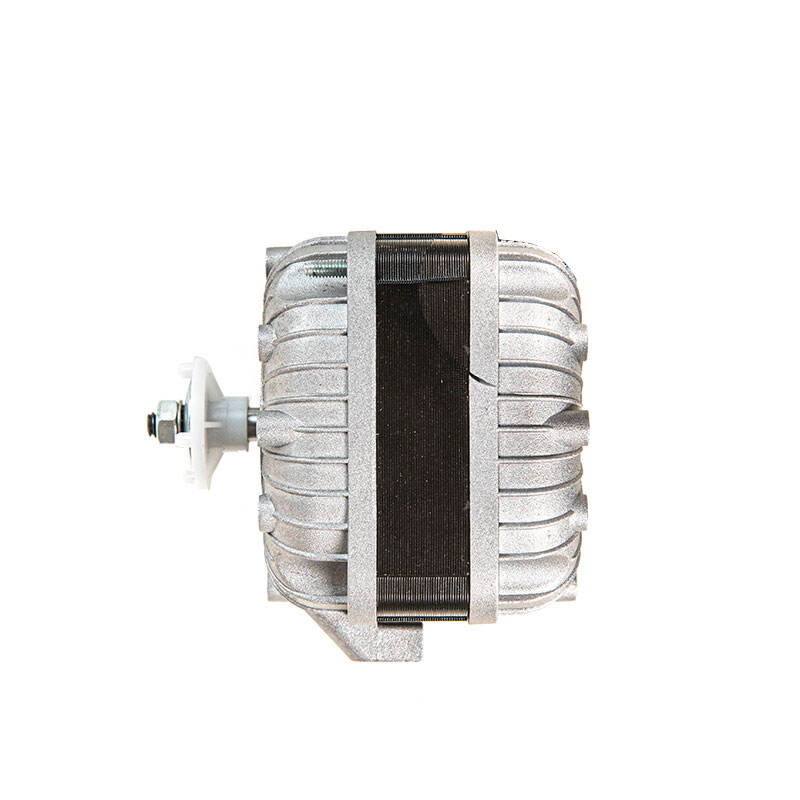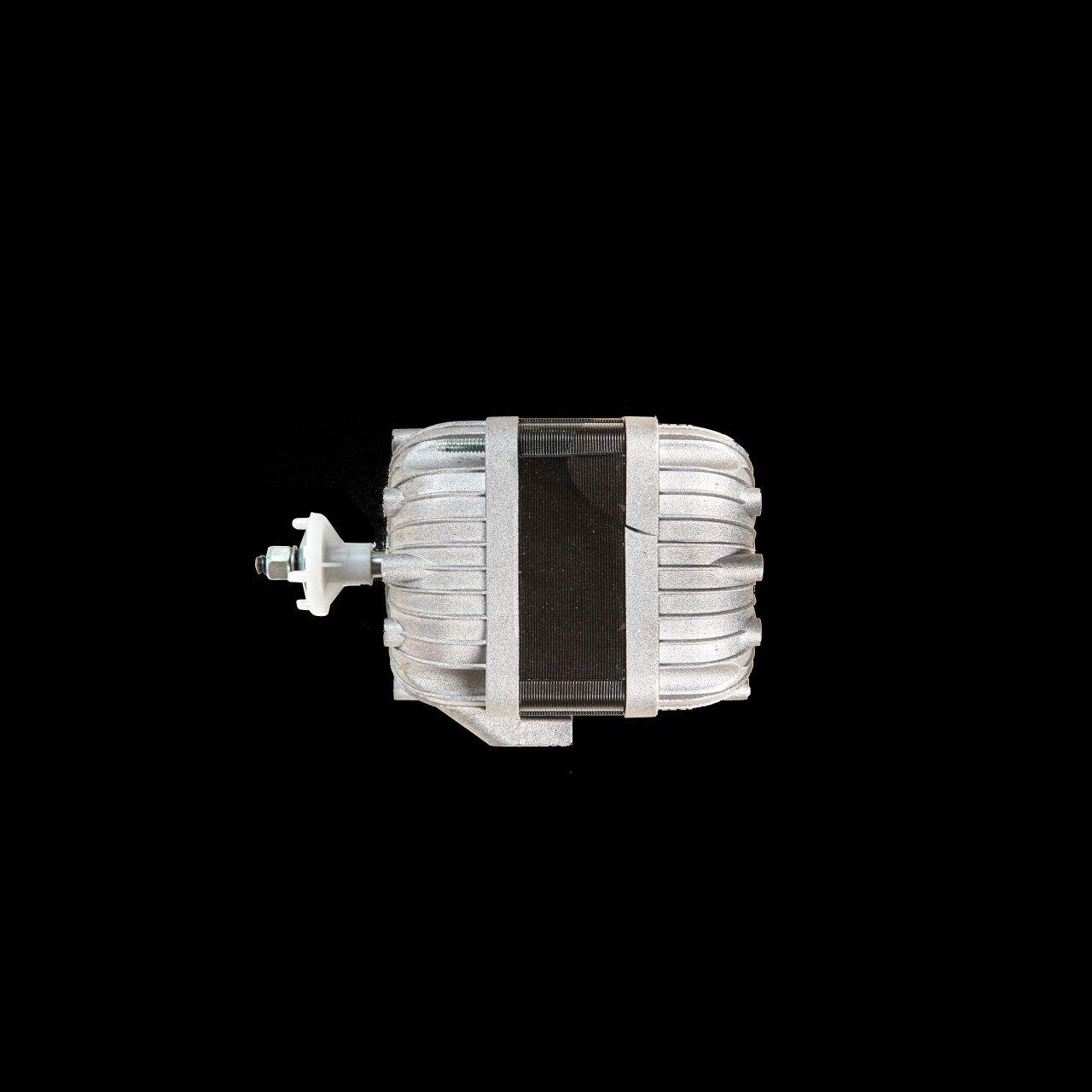जानकारी डुअल भोल्टेज मोटर कारखानाहरूलाई राम्रो तरिकाले काम गर्न मद्दत गर्छ। डुअल भोल्टेज मोटरहरू विशिष्ट हुन्छन् किनभने ती दुई बिजुली स्रोतमा चलाउन सकिन्छ। यसले अन्य बिजुली स्रोतहरूसँग जोडिन मिल्छ। हामी डुअल भोल्टेज मोटर प्रयोग गर्ने फाइदाहरू, एउटा डुअल भोल्टेज मोटरलाई सही तरिकाले स्थापना र कनेक्ट गर्ने तरिका, कुनै समस्याहरू रोक्ने तरिका, र किन डुअल भोल्टेज मोटरमा सारिनाले हामी कामलाई अझ प्रभावकारी ढंगले काम गर्न मद्दत गर्छ र हामीलाई अधिक लचिलो बनाउँछ भन्ने कुरामा छलफल गर्नेछौं।
प्रयोग गर्दा धेरै कुरा सही हुन सक्छ जब डुअल भोल्टेज मोटरहरू यी बिजुलीका मोटरहरू कुनै पनि स्थानमा प्रयोग गर्न सकिन्छ। यी मोटरहरूलाई बिना कुनै विशेष कन्फिगरेशन वा थप औजारको आवश्यकता पर्याप्त रूपमा उच्च देखि निम्न शक्ति स्तरमा स्विच गर्न सकिन्छ। यसले विशेष गरी ती स्थितिमा यसको बहुमुखी प्रयोगको सुनिश्चितता गराउँछ जहाँ बिजुलीको स्रोत अक्सर परिवर्तन हुन्छ।

डुअल भोल्टेज मोटरको स्थापना र वायरिङ गर्नु वास्तवमा एकदम सजिलो प्रक्रिया हो, जसलाई सही तरिकाले गर्दा तपाईंको मोटरको दिशा परिवर्तन गर्नका लागि तपाईंले इलेक्ट्रिक मोटर मिकेनिकको सल्लाहमा गर्नुपर्दछ। (नोट: तपाईंले सधैं सावधानीपूर्वक निर्माताको निर्देशन अनुसरण गर्नुपर्छ र यो सुनिश्चित गर्नुपर्छ कि मोटर सही बिजुली स्तरमा जडित छ।) गलत तरिकाले वायरिङ गर्दा मोटर क्षतिग्रस्त हुन सक्छ, वा खतरनाक पनि बन्न सक्छ। यदि तपाईंलाई डुअल भोल्टेज मोटरलाई वायरिङ वा जडान गर्न थाहा छैन भने यसलाई क्षति पुर्याउने जोखिम नलिई एक्सपर्ट इलेक्ट्रिसियनलाई भाडामा लिनुहोस्।

हामीले डुअल भोल्टेज मोटरका सामान्य समस्याहरू पनि समाधान गर्न आवश्यकता छ। सबैभन्दा सामान्य समस्याहरूमा अत्यधिक ताप, खराबी वा असहयोगी घटकहरू समावेश छन्। यदि तपाईंले यी कुनै पनि समस्या देख्नुभएमा, थप क्षति हुनबाट रोक्न त्वरित समाधान गर्नुहोस्। नियमित जाँच र राखरखावले समस्याहरूलाई बढ्नुअघि नै चिन्ह लगाउन र समाधान गर्न मद्दत गर्नेछ।

डुअल भोल्टेज मोटरले तपाईंको कारखानामा अझ बढी लचिलो र उत्पादक बन्न मद्दत गर्न सक्छ। डुअल भोल्टेज मोटरमा स्विच गरेर, तपाईंले पूरै मोटर नबदली सकिने नयाँ बिजुली स्रोतहरू वा परिचालन आवश्यकताहरूलाई अनुकूलन गर्न सक्नुहुन्छ। यसले समय र पैसा बचत गर्न सक्छ। थप रूपमा, डुअल भोल्टेज मोटरहरूले सामान्यतया ऊर्जालाई अधिकतम उपयोग गर्ने गर्छ र यसले समयको साथ कम्पनीका लागि बचत ल्याउँछ।